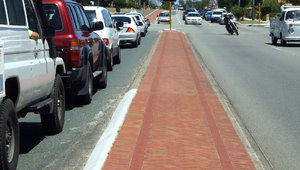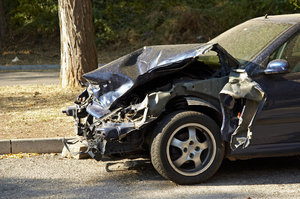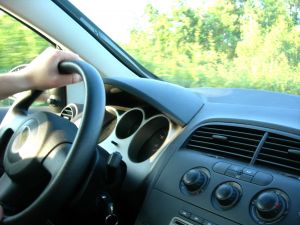Texing while driving is a big problem on our roadways. Teen drivers are some of the guiltiest. According to a recent report from the Massachusetts Department of Public Health, more than 40 percent of high school students in the state admit to texting behind the wheel. The Boston Globe reports that seniors are the worst of them all, with more than 60 percent admitting to it. The older students were three times more likely than the younger drivers in the school.

The findings of the recent study come just one day after a Massachusetts teen, Aaron Deveau, was convicted of vehicular manslaughter. The teen driver wound up in a Haverhill car accident that killed a man and seriously injured another after texting behind the wheel. This was the first such verdict in Massachusetts. He now has to serve time behind bars and has been sentenced to have his license revoked for 15 years.
Our Haverhill car accident lawyers understand that teenage drivers already face the highest risks for car accidents. They just don’t have the experience behind the wheel that you and I have. In addition to their inexperience, they’re also the age group that’s most likely to be engaged in distractions behind the wheel.
The accident happened in Haverhill when the teen driver swerved across the center line and directly into the path of an oncoming vehicle, killing the driver. But why was he swerving? It was because of a text message. The driver of the other vehicle ended up staying in a Boston hospital for nearly three weeks before passing away. The teenage driver was originally charged with negligent operation of a motor vehicle, motor vehicle homicide, injury from mobile phone use, two counts of negligent operation, a marked lanes violation, reading or sending an electronic message and using a mobile phone while operating a motor vehicle.
“Clearly, being distracted is an extremely deadly thing that’s going on in this country and people need to understand they just can’t do it,” said David Teater, senior director at the National Safety Council (NSC).
The accident happened one minute after the driver sent a text message to a buddy and during the same minute a text was received.
“If I could take it back, I would take it back. I just want to apologize to the family,’ said Deveau.
Deveau was 17-years-old at the time of the accident. Massachusetts’ State Law states that drivers under the age of 18 are prohibited from using a cell phone behind the wheel. All drivers in the state are prohibited from text messaging behind the wheel, according to the Insurance Institute for Highway Safety (IIHS).
Our Boston injury attorneys are asking parents and guardians to share this story with the teen drivers in their family to help to get them to put away the phone while they’re behind the wheel. These dangers are very real and it could happen to you if you’re not careful. Be a responsible driver and keep distractions out of the driver’s seat.
Continue reading
 Boston Car Accident Lawyer Blog
Boston Car Accident Lawyer Blog












